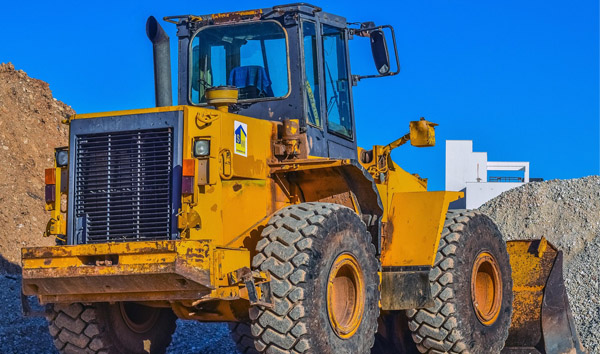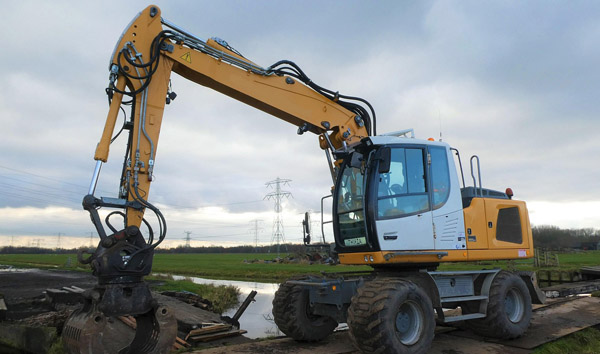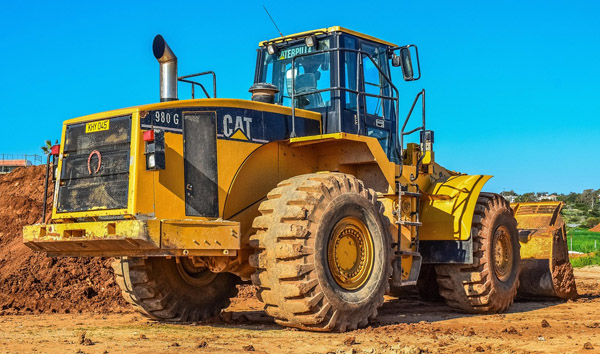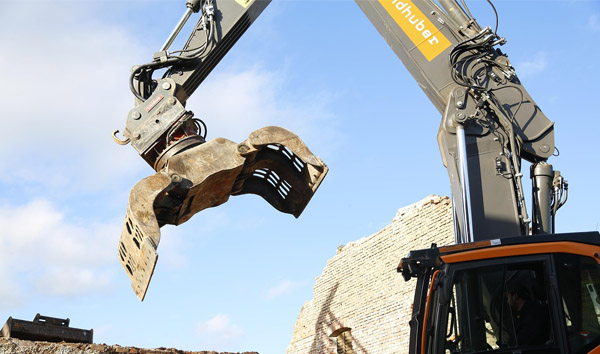Steel Titans: The Evolution of Military-Grade Rough Terrain Forklifts
2025-07-29 04:45:26
Modern military logistics demand robust material handling solutions capable of navigating unforgiving landscapes. Rough Terrain Forklifts have emerged as indispensable assets, combining off-road mobility with heavy-load precision. This report examines their design innovations, operational advantages, and tactical deployment in defense sectors. Content The defense industry’s reliance on rough terrain forklifts has surged, driven by the need for agile logistics in combat zones and disaster relief. Unlike conventional forklifts, these machines feature reinforced chassis, all-terrain tires, and advanced suspension systems, enabling operations in mud, sand, and rocky landscapes. A 2023 study by Global Defense Logistics revealed a 17% year-over-year increase in military procurement of rough terrain forklifts, underscoring their strategic value.
Key to their performance is the integration of hybrid powertrains, merging diesel endurance with electric torque for silent operations—a critical feature for covert missions. For instance, the MHL-450X model, deployed by NATO forces, boasts a 4,500 kg lift capacity and a 45-degree slope-climbing ability. Such specifications make rough terrain forklifts ideal for unloading supplies in remote forward bases where traditional vehicles falter.
Durability remains a non-negotiable criterion. Military-grade rough terrain forklifts undergo ballistic resistance testing and EMP hardening to withstand hostile environments. Lockheed Martin’s 2022 field trials demonstrated a 92% operational uptime for these machines in Arctic conditions, far surpassing standard logistics equipment. With autonomous navigation pilots underway, the next generation of rough terrain forklifts may redefine battlefield resupply without risking personnel.
In conclusion, rough terrain forklifts are evolving beyond mere utility vehicles into force multipliers. Their adaptability to extreme conditions and payload versatility ensure they remain pivotal in modern military operations. As defense budgets allocate more funds to logistics innovation, expect further advancements in this niche yet vital equipment category.














